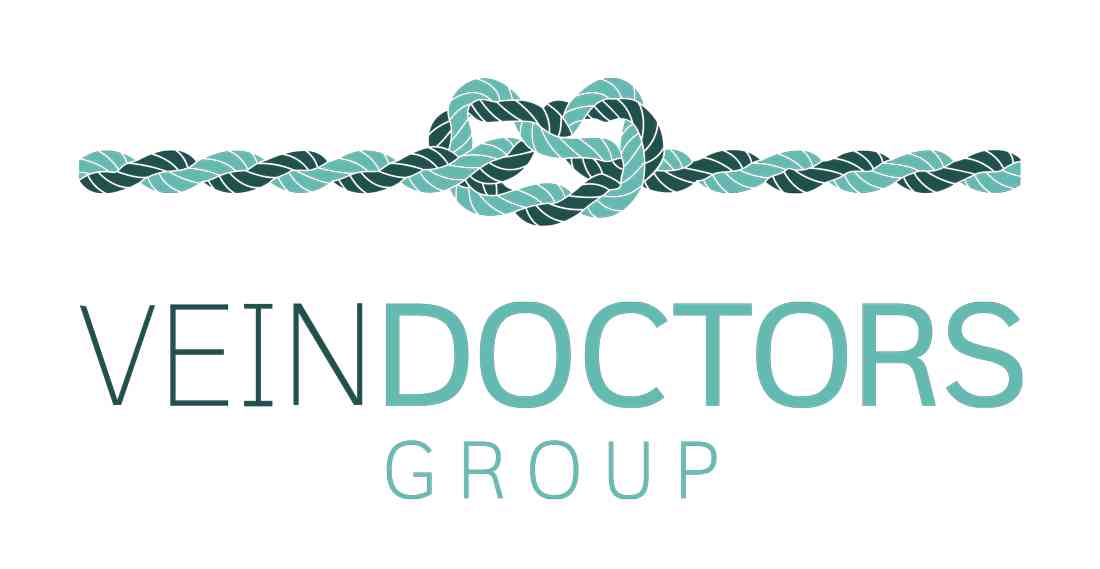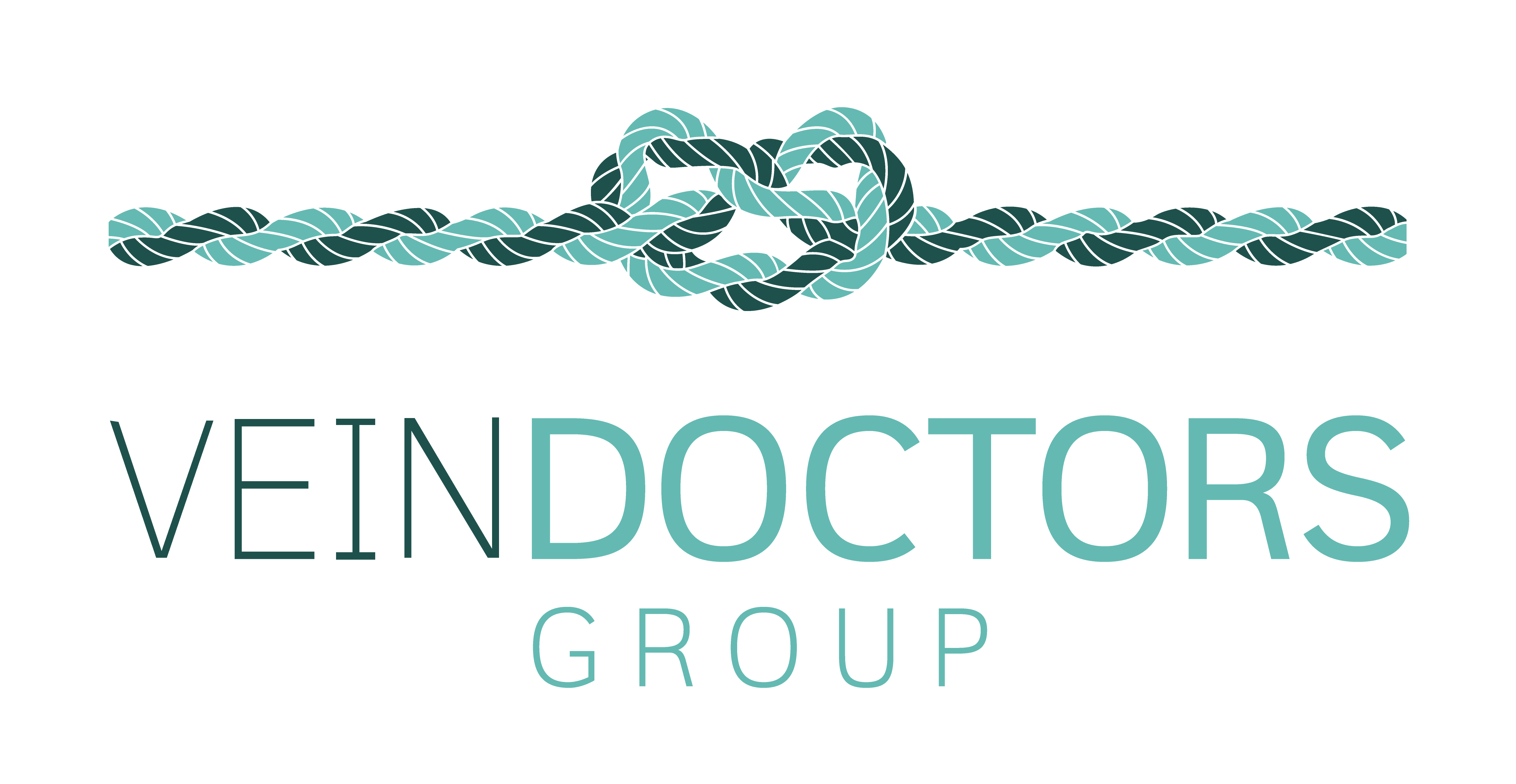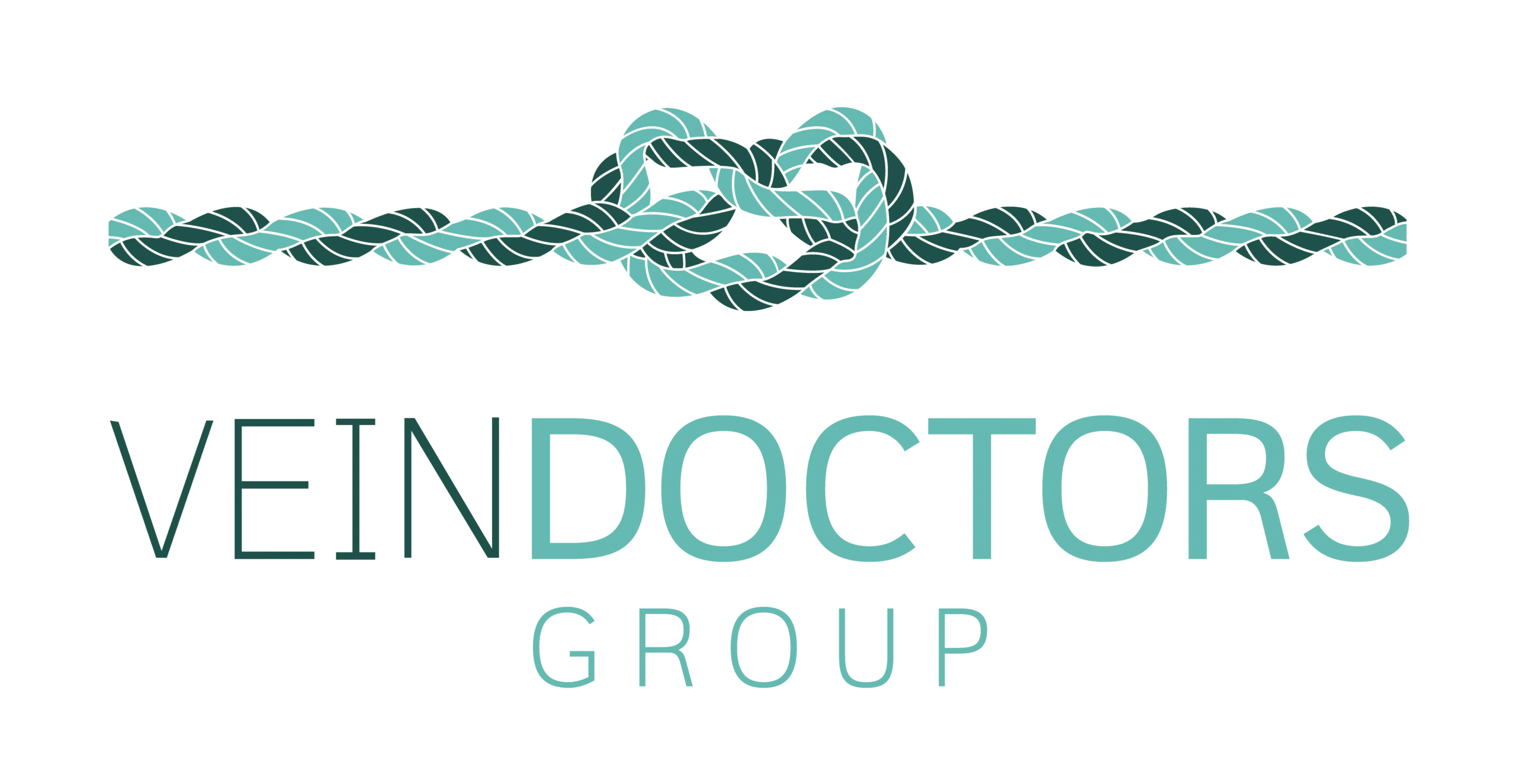Endovenous Laser Ablation
Endovenous Laser Ablation (EVLA) is used at Vein Doctors Group to treat larger veins.
This treatment is a great alternative to traditional invasive surgical vein stripping and can be done in the clinic as an outpatient, or in our licensed private hospital as an inpatient for complex cases or anxious, needle-phobic patients.
The great thing about EVLA is that there is no need for bed rest, inactivity. During this treatment local anaesthetic is used to minimise any feelings of discomfort.
The principle of EVLA involves the insertion of a thin fibre optic probe into the vein under ultrasound guidance. Once positioned accurately, the probe emits laser energy, which heats the vein and causes it to collapse, and seal shut. Over time, the treated vein is reabsorbed by the body, effectively eliminating the source of the problem.
One of the significant advantages of EVLA is its minimally invasive nature, which translates into several benefits such as reduced pain, minimal scarring, and a quicker return to daily activities compared to more invasive surgical options. Further the precision of laser treatment minimizes damage to surrounding tissues enhancing the recovery process.
Large veins generally respond well to this procedure with many patients experiencing a dramatic change in the appearance of their legs.
In comparison with vein stripping and ultrasound guided sclerotherapy alone this treatment is considered to be most successful for permanent closure of the vein.
When EVLA and Ultrasound Guided Sclerotherapy(UGS) are used together, this generally optimizes the success of treatment of large varicose veins. After this treatment we will ask you to walk for 30-40 minutes to maximise the effects of this procedure. You may then resume most normal activities. EVLA and UGS enables safe and effective treatment of the most complex and severe varicose veins and is not a temporary cosmetic solution for varicose veins.
Radio Frequency Ablation
Using ultrasound, an Radio Frequency Ablation (RF) fibre is placed into the abnormal vein through a small incision in the leg. The vein is then numbed with local anaesthetic, and the fibre is activated.
The fibre is slowly moved along the vein to be treated. Radiofrequency energy is released from the tip of the fibre, producing a thermal reaction in the vein wall, resulting in collapse and sclerosis of the vein wall with minimal discomfort afterwards.
What is the difference between EVLA and RF?
RF utilises Radiofrequency Waves rather than Invisible Laser Light used in EVLA to help heat and seal the vein shut. RF uses a computer to deliver the most appropriate amount of energy required to close the vein, whereas EVLA relies on the operator to pull back the laser fibre to deliver the appropriate amount of energy to ablate the vein.
At Vein Doctors Group we’ll determine the most suitable procedure on an individual basis to give the best possible outcome for the patient.


